Mortgage Forbearance
Going into mortgage forbearance might seem daunting for homeowners facing unexpected hardship, but it’s really meant to be a lifeline in those exact situations. Understanding the basic facts about this type of mortgage relief might help alleviate some of the worries. Here, we’ll cover some basic questions you may have.
What is Mortgage Forbearance?
Mortgage forbearance is a form of relief that lets homeowners temporarily suspend or reduce their monthly mortgage payments if they face financial hardship. It is an agreement between the lender and the borrower that allows the borrower to make lower payments, or even no payments at all, for a certain period of time. Initial forbearance plans generally last up to three to six months, but you can usually request an extension if you need more time.
This can be helpful for those who have lost income due to job loss, illness, death in the family, or some other unforeseen event. In addition, the temporary suspension gives borrowers time to get back on their feet without becoming delinquent with payments and risking foreclosure. In most cases, lenders will also waive any late fees or penalties during the agreement.
Whatever your reason for needing a forbearance, it is extremely important to talk to your lender or servicer before you stop making payments altogether. Find out which type of loan you have and what the forbearance terms are to see what works best for you. Stopping payments before you've officially been granted forbearance could make you delinquent on your mortgage and also have a severe negative impact on your credit history.
What are the Requirements for Mortgage Forbearance?
To qualify for a mortgage forbearance, borrowers must provide proof of financial hardship and demonstrate their ability to resume payments at a later date. The exact qualifications and terms vary from lender to lender, so it’s important to speak with your lender about what is needed to be eligible for a forbearance agreement.
Generally, you can expect some kind of documentation, such as pay stubs or tax returns, to show that you have suffered an income loss due to the current situation. You may also need to agree on a specific timeline for when you will resume making full payments again after the forbearance period is over. However, the exact details of the payment plan will depend on your lender.
What are the Risks of Mortgage Forbearance?
The primary risk associated with mortgage forbearance is that borrowers may not be able to resume making their full payments after the period ends, leading to possible foreclosure or other problems down the line. Therefore, it’s important to ensure that you understand all of the terms and conditions before signing an agreement, as well as what will happen if you cannot resume making payments when the period ends.
Mortgage forbearance does not appear on your credit report as a negative activity; your lender or servicer will report you as current on your loan even though you’re no longer making payments. Again: You must be in touch with your lender about going into forbearance. Do not stop making payments until you’ve officially been extended that protection. Stopping payments before you’re in forbearance will seriously harm your credit.
Is Mortgage Forbearance the Best Option for Me?
Mortgage forbearance can be a great solution for those facing financial hardship, but it’s important to remember that it is not always the best option. It is often worth exploring other options, such as loan modification or refinancing, before agreeing to a forbearance agreement.
It is important to remember that borrowers should make sure they understand all of the terms and conditions before signing anything. For more information on mortgage relief options, contact your lender directly or reach out to an experienced real estate professional who can help guide you through the process. Now, let's take a look at a few of the pros and cons that come with mortgage forbearance.
Pros:
Defers or lowers monthly payments temporarily
Can help prevent foreclosure, or pause proceedings
Can still sell the home or refinance
Potential for flexible payment options
Cons:
Must repay missed payments either in a lump sum or with a repayment plan
Payments may increase after the forbearance period ends
Might not be an option for rental properties or second homes, depending on the loan type
Post-Mortgage Forbearance Options
If you’re nearing the end of your mortgage forbearance period, you have options:
If you can afford it, you could repay the missed payments in a lump sum. This will bring your mortgage back to its current status.
You could enter into a repayment plan that adds an agreed-upon amount to your regular monthly payments, so you repay the forbearance amount over a more extended period.
If you’re still dealing with pandemic hardship, you could ask for a forbearance extension, provided you qualify.
You could seek a loan modification, which changes the terms of your mortgage so you can better afford the payments.
If you can no longer afford to stay in the home and are willing to move, you could sell it to pay off the mortgage. If the proceeds aren’t enough, you might be able to complete a short sale in coordination with your lender, which can help you avoid some of the more negative impacts of foreclosure.
Conclusion
Mortgage forbearance can be a great way to help with unexpected financial difficulty, but it’s important to make sure you understand the risks and rewards before signing any agreements and keep in touch with your mortgage lender or servicer. Knowing all the facts is essential to making an informed decision that best suits your current situation and helps protect your future. With the right knowledge and guidance, mortgage forbearance can provide homeowners much-needed relief in trying times.

